The Greenhouse is Ockham down to its last brick — all the design and architectural principles which underpin our developments are here, only more so. The road to find the perfect brick took us (almost) to all corners of the earth until we found ourselves at a factory 20km inland from Venice.
1 Nov 2021
The quest for the perfect brick: How The Greenhouse got its name
It starts with that glazed brick that changes colour a thousand times a day. Under morning sun, it’s gleaming emerald-green, like a summer walk to Karekare Falls, but as the day unfolds it’ll shift to forest-green, then dark olive, then almost to black – the colour of a midwinter slog through Great Barrier bush. There are glimmers of Whatipū greys, fleeting moments of Waiheke navy and indigo.
All up, there are 150,000 of these wondrous, iridescent bricks which give The Greenhouse its name. Getting the glaze right has taken us almost four years. It has been a slightly obsessive quest, but it’s worth it: this is Auckland’s most desirable neighbourhood, and a building has to be exceptional to belong here.
From Huntly to Palmy and beyond
It has been a circuitous journey to find the right brick for The Greenhouse. We had some pretty cool samples from the UK, from the company that made the iridescent turquoise bricks for Damien Hirst’s stunning Soho HQ.
We were eager to buy locally if we could and talked with brickmakers in Huntly and Christchurch and worked with a glazing specialist in Palmerston North. We tried Australia, tried the Netherlands. We unearthed some beautiful bricks, saw some glorious glazes. But none that was quite The Greenhouse.
“There’s not really a contextual argument for green-glazed bricks, is there?” says Ockham’s Mark Todd.
“Auckland is a mishmash of architecture and the local context of the site illustrates that – it’s a bit light industrial, a bit residential. There are hard-working, utilitarian buildings. At the end of the day, The Greenhouse is a relatively large, rectangular building.
“There’s a history of brick-use in Auckland on industrial buildings – just look at Victoria Park, but our choice of glazed brick has more to do with conveying identity, subtly referencing the wider environment of Tāmaki Makaurau. Brick also requires careful detailing; there will be chamfers and bevels derived from structural and layout considerations – I think that’s important. The Greenhouse will look quite different from other buildings, thanks to the qualities and colours of the cladding, but it’s not radical.
“I think as long as the brick is dark enough, it’s not going to make that much of a statement at street level. It will make more of a statement from 500 or 1,000 metres away. At street level, it’s going to look high quality, but subtle. You’ll walk past it and say that’s nice. There’s too much emphasis on design articulation, and no one worries about materiality. People love things that they can touch and that they know are good quality; brick can drive that.”
“It took us almost four years, but there was a standout – the Sant'Anselmo brick company from Veneto, Italy...”
Success in Italia
It took us almost four years, but there was a standout – the Sant'Anselmo brick company from Veneto, Italy. They're not cheap: there will be 150,000 of these green-glazed bricks on The Greenhouse walls, each brick costing more than $10. But when you see them – when you see how the colour changes subtly as the light changes through the day, you understand why these were the only bricks for The Greenhouse.
Bricks made by Sant'Anselmo have a special heritage. Founded by the De Checchi family in Loreggia, Northern Italy – not far from Venice – Sant'Anselmo’s kilns have been firing bricks for five generations.
Humble in its origins, Sant'Anselmo started out in the early 1900s when it began turning out wall bricks and baking them in communal ovens, before the company expanded by building its own furnace to keep up with demand. The family called its kiln Sant'Anselmo, after a Benedictine monk who gained sainthood. From this kiln the company took its namesake.
Anyone who has visited Italy has experienced the country’s deep sense of age. The clay used to craft Sant'Anselmo brick – perhaps once trodden over by Venetian horses, or formed by the coursing of ancient rivers – carries within it a rich history. Old bricks, made at a time when their materials could only be dried during the summer’s heat, are, like wine, imbued with the season of their making. Holding an early brick made by Sant'Anselmo is like holding a piece of time in your hands. And indeed, each brick was traditionally hand-crafted – each slab of clay carefully composed; every edge attended to.
This artisanal level of detail has been passed down across the years, never once compromised even as Sant'Anselmo grew and refined its manufacturing. After adopting mechanical automation in the 60s and 70s, Sant'Anselmo developed a technique which meant it could produce soft fire bricks – a game changer for the industry in Italy. The company has subsequently become revered as a leader, not only for its quality but also for its innovation, pursuing perfection not only of their product, but of the process of brickmaking itself.
Today, Sant'Anselmo exports globally. Projects realised with Sant'Anselmo brick have an unrivalled integrity and narrative, a certain something that can only be formed over layers of time. Brickmaking at Sant'Anselmo is more than a practice, craft, or even tradition – it's an honoured ritual.
The Greenhouse - our flagship project
A short history of the brick
Bricks have been a building block for millennia. At the site of the ancient city of Jericho (now in Southern Turkey), they’ve been dated to 7000 BC. The ancient Egyptians were big fans, making bricks from Nile mud and clay mixed with chopped straw and reeds. About 3500 BC the ‘fired brick’ was invented, which meant no more waiting around for the sun to dry them, and then a few thousand years later, the Romans invented mobile kilns, a valuable tool in the expansion of empire.
Fast forward another two thousand years and the Industrial Revolution saw a revolution in brick making as handmade bricks gave way to machine-made and production soared. Interesting fact: many Victorian London buildings are built from red brick – a colour selected to make buildings more visible in the typically foggy city environment; however, the colour of bricks depends largely on the substances in the clay.
The brick in Aotearoa
New Zealand also has an interesting brick history. “Brick making began very early in New Zealand,” notes Heritage architect Jeremy Salmond, in Te Ara – the Encyclopedia of New Zealand. “Early bricks were handmade and fired in clamp kilns – a great stack of bricks with firewood between the brick layers. As towns developed, permanent kilns were constructed. Eventually every district had its own local kiln.”
Bricks tended to be made wherever there was clay and sufficient supplies of wood or coal for the kiln. Good bricks are made from a high-body-density clay, which is pressed into forms or moulds, dried, glazed and baked at 1,200 degrees Celsius. In 1995, the archaeological historian Simon Best wrote about brick use in New Zealand, noting that in 1843 a brick seller of the time, Henry Falwasser, congratulated the “public of Auckland on the decline of the vile practice of building Town Houses with wood”. By the late 1840s and early 1850s, “brick-making activities in the settlement were concentrated mainly in the next watershed west and along the main southern ridge: Freeman’s Bay, Ponsonby and Karangahape Road”.
“Even a brick wants to be something”
Bricks have been used in many of the world’s most significant structures – the Empire State Building has an estimated 10 million – and have been specified by the 20th century’s most famous architects: Le Corbusier, Frank Lloyd Wright and Louis Kahn, whose ruminations about the aspirations of the humble brick have been written into design folklore. “Even a brick wants to be something,” Kahn said, a comment that was a shorthand version of a longer meditation he gave during a ‘masterclass’ at Penn State University in 1971.
“If you… say to Brick, ‘What do you want, Brick?’ And Brick says to you, ‘I like an Arch.’ And if you say to Brick, ‘Look, arches are expensive, and I can use a concrete lintel over you. What do you think of that, Brick?’ Brick says, ‘I like an Arch.’ And it’s important, you see, that you honour the material that you use… You can only do it if you honour the brick and glorify the brick instead of short-changing it.” Bauhaus maestro Ludwig Mies van der Rohe also meditated on the nature of architecture using a brick analogy: “Architecture starts when you carefully put two bricks together. There it begins.” Less is more in short.
Every brick, perfectly laid
Brick is a natural product. Good bricks are made from a high body density clay medium, which is pressed into forms or moulds, dried, glazed and baked at 1200 degrees celsius. The result is an extremely strong product in which the fragments and glaze are sintered. The clay composition, the shape of the products and the thickness of the glaze requires constant monitoring during the production process. Correctly manufactured, the resulting bricks will be highly crack resistant, completely coloured, scratch-free, colour-fast, top quality glazed brick.
The word to emphasise, of course, is ‘care’ – the quality and characteristics of the chosen bricks mean a lot. They can convey the identity of a building and give substance to structure. Ultimately, however, it’s the care taken in assembly that dictates quality of building – every brick, perfectly laid.
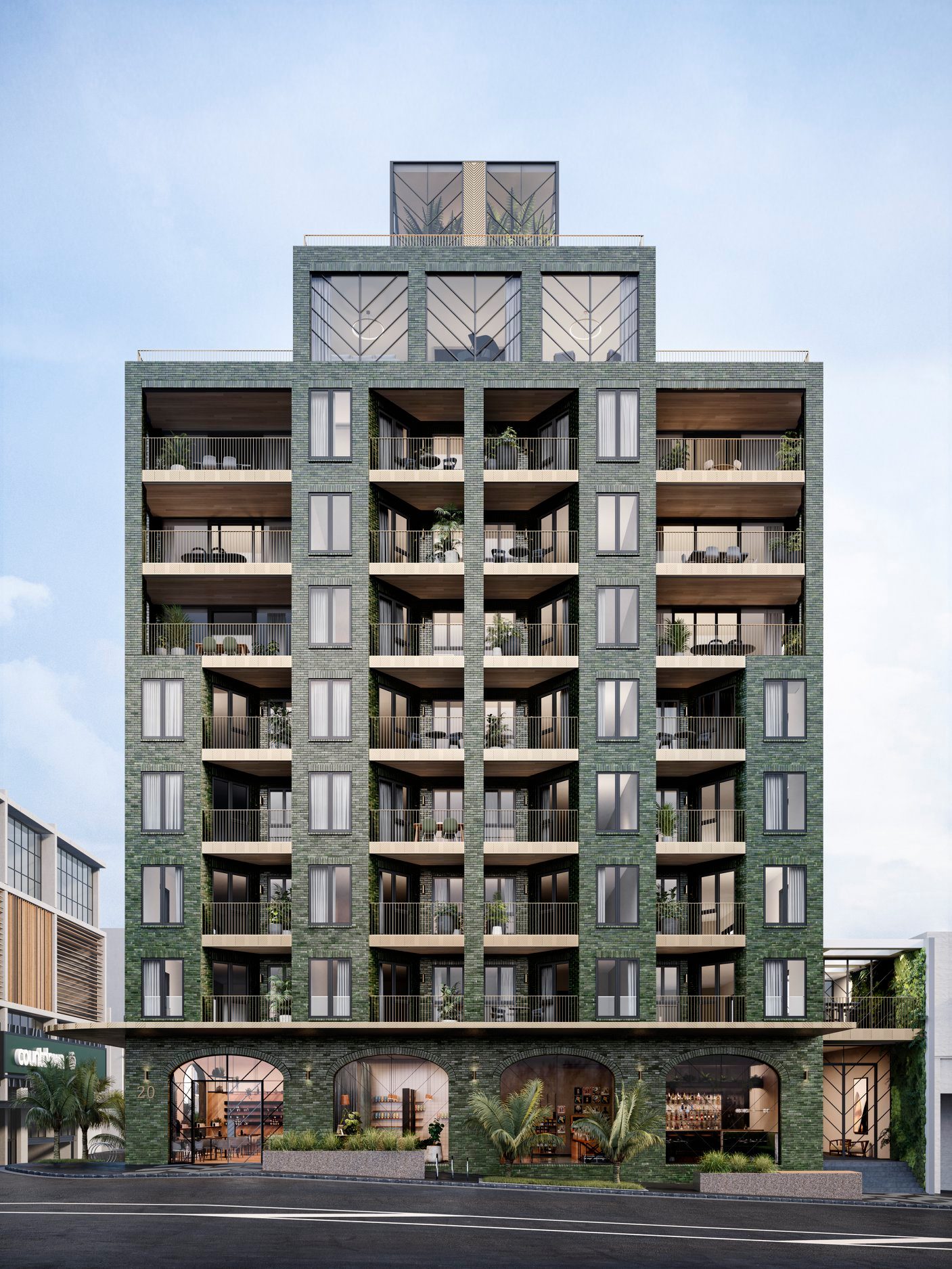
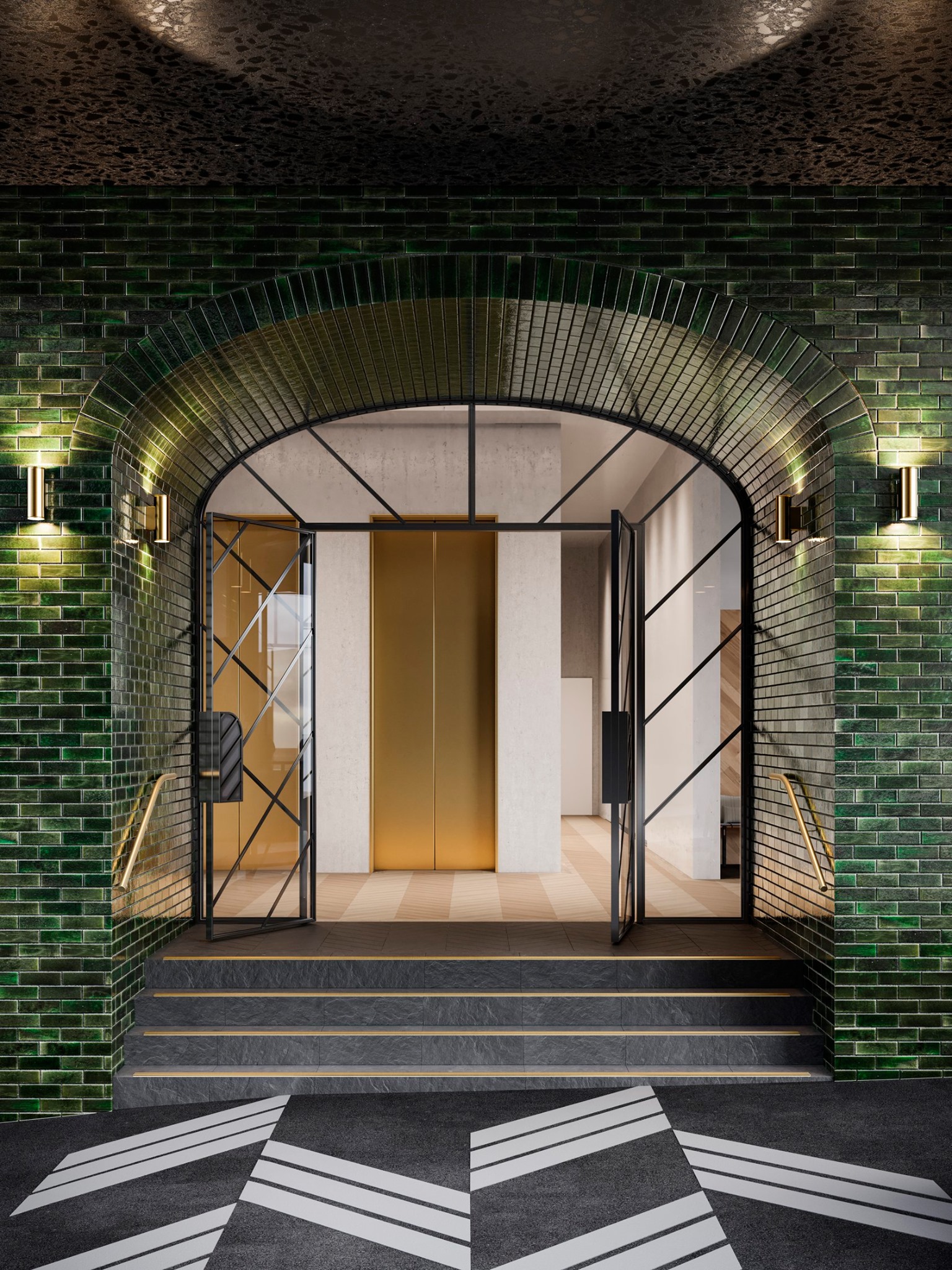
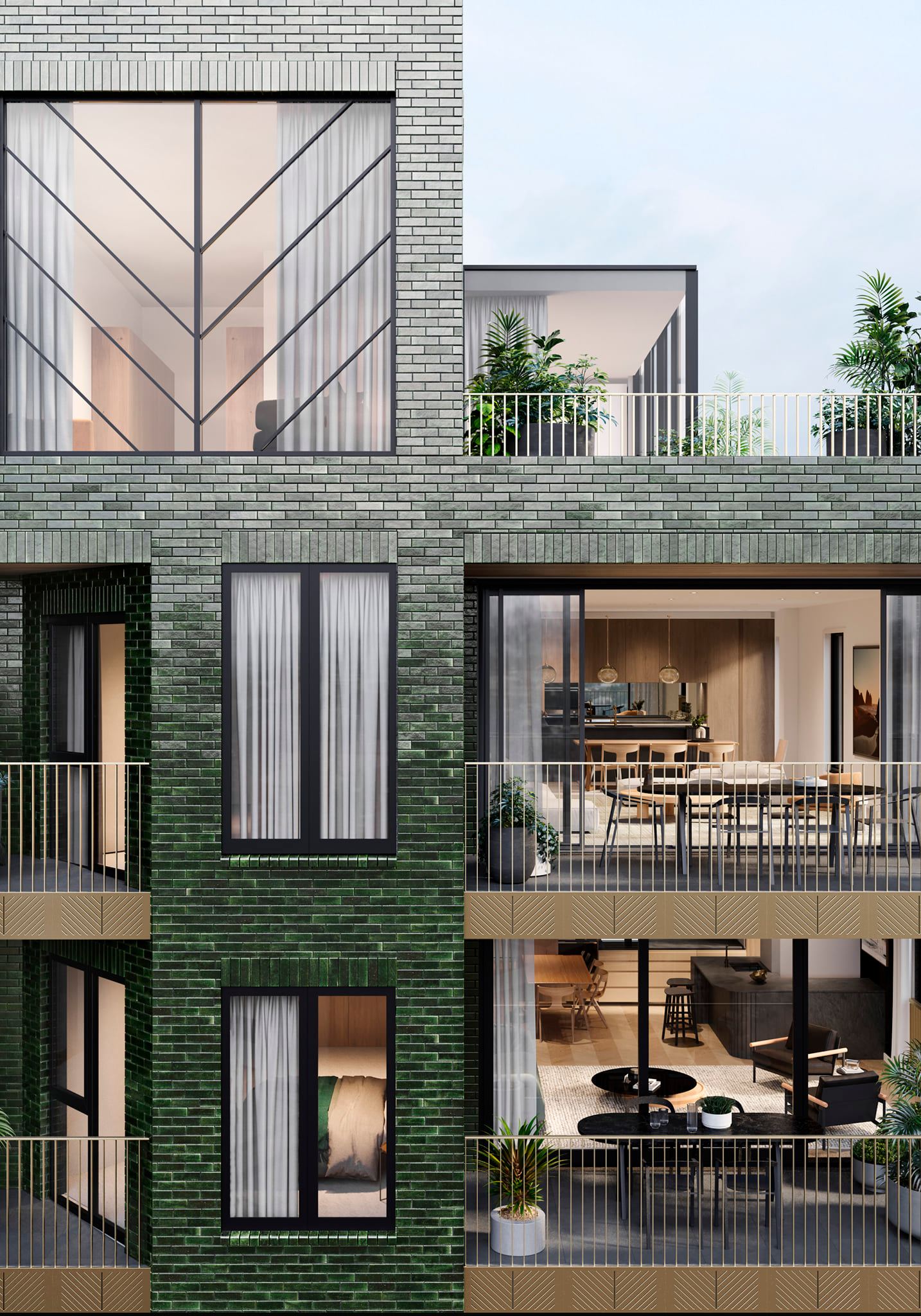
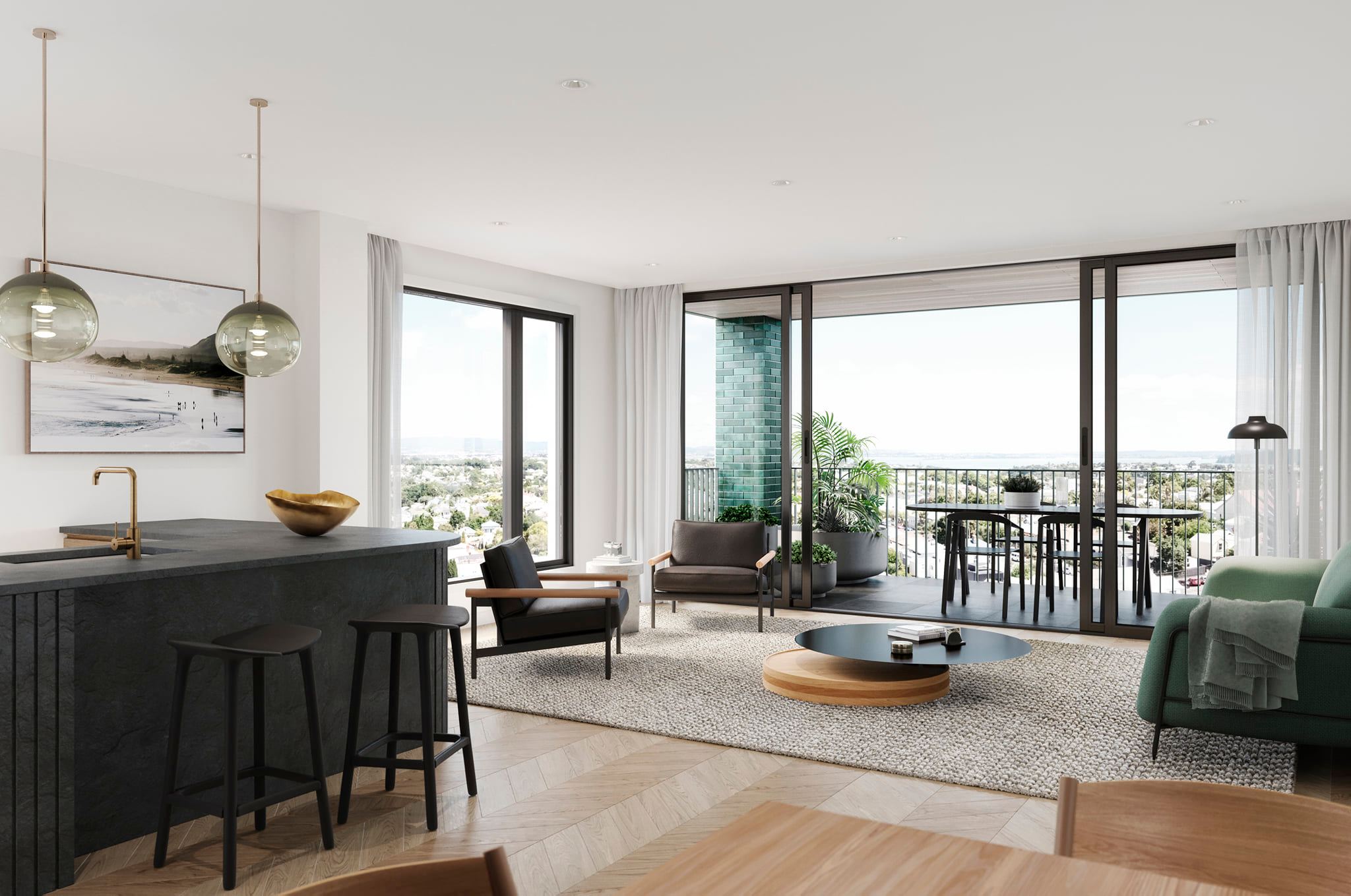
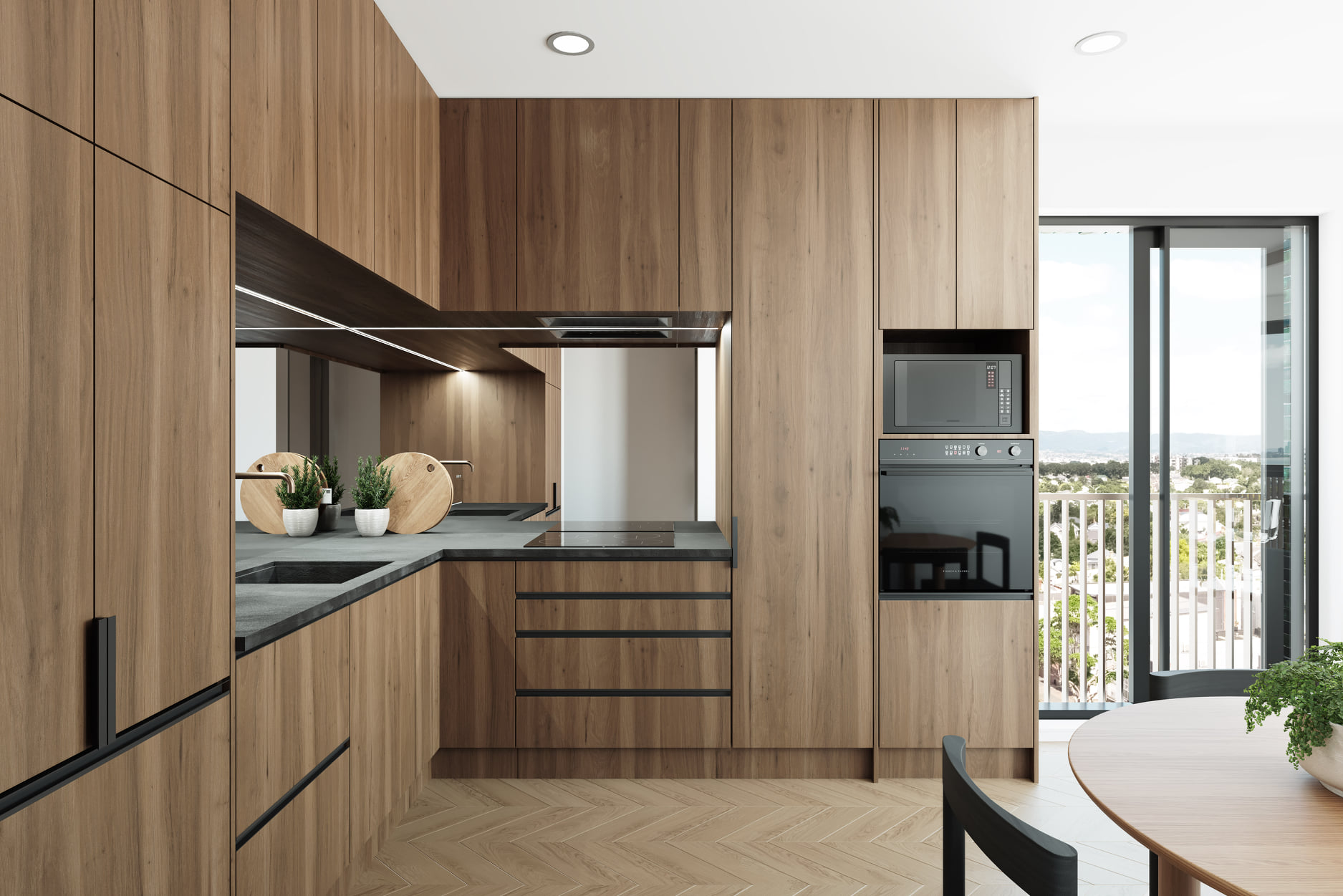
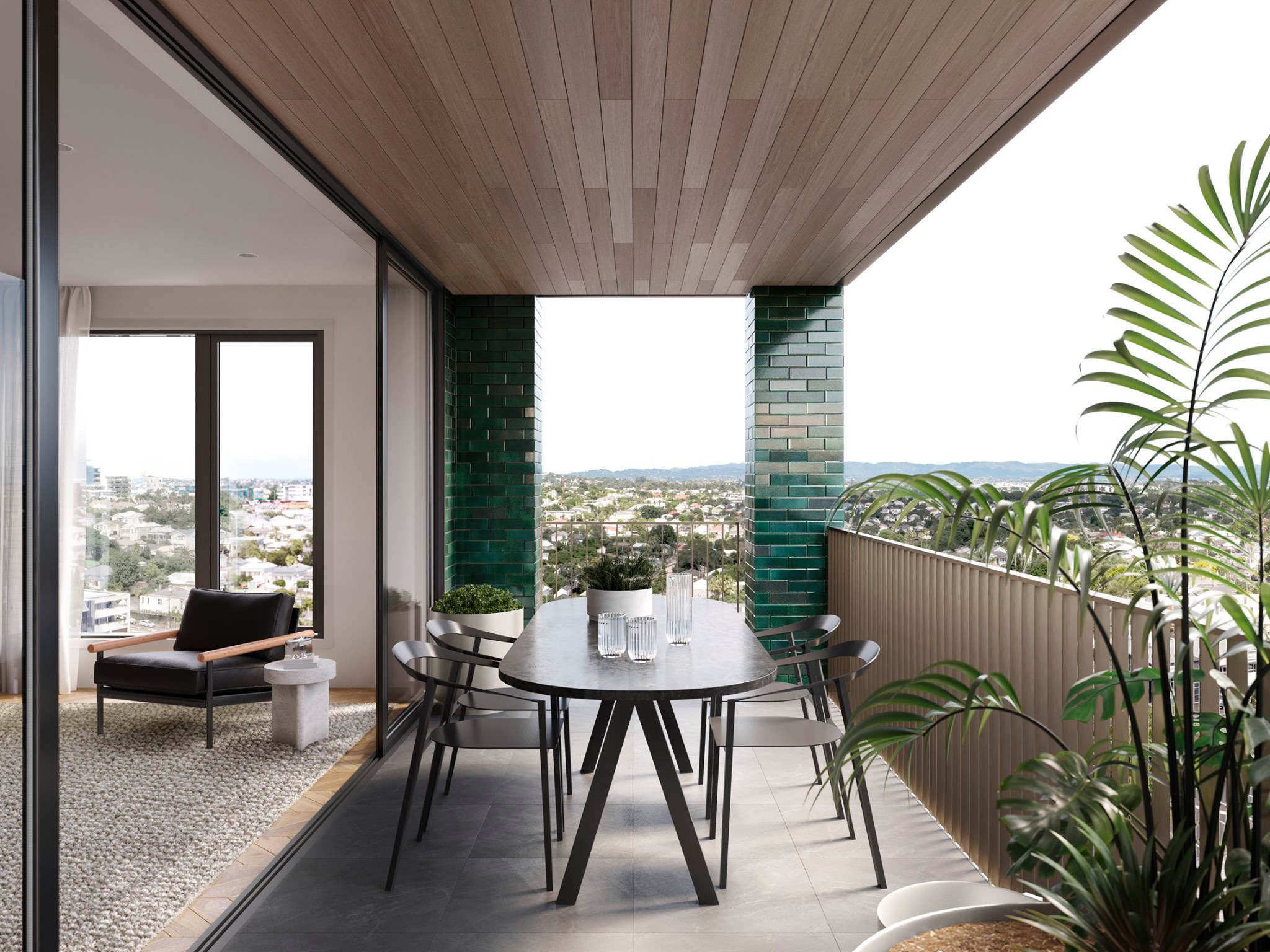
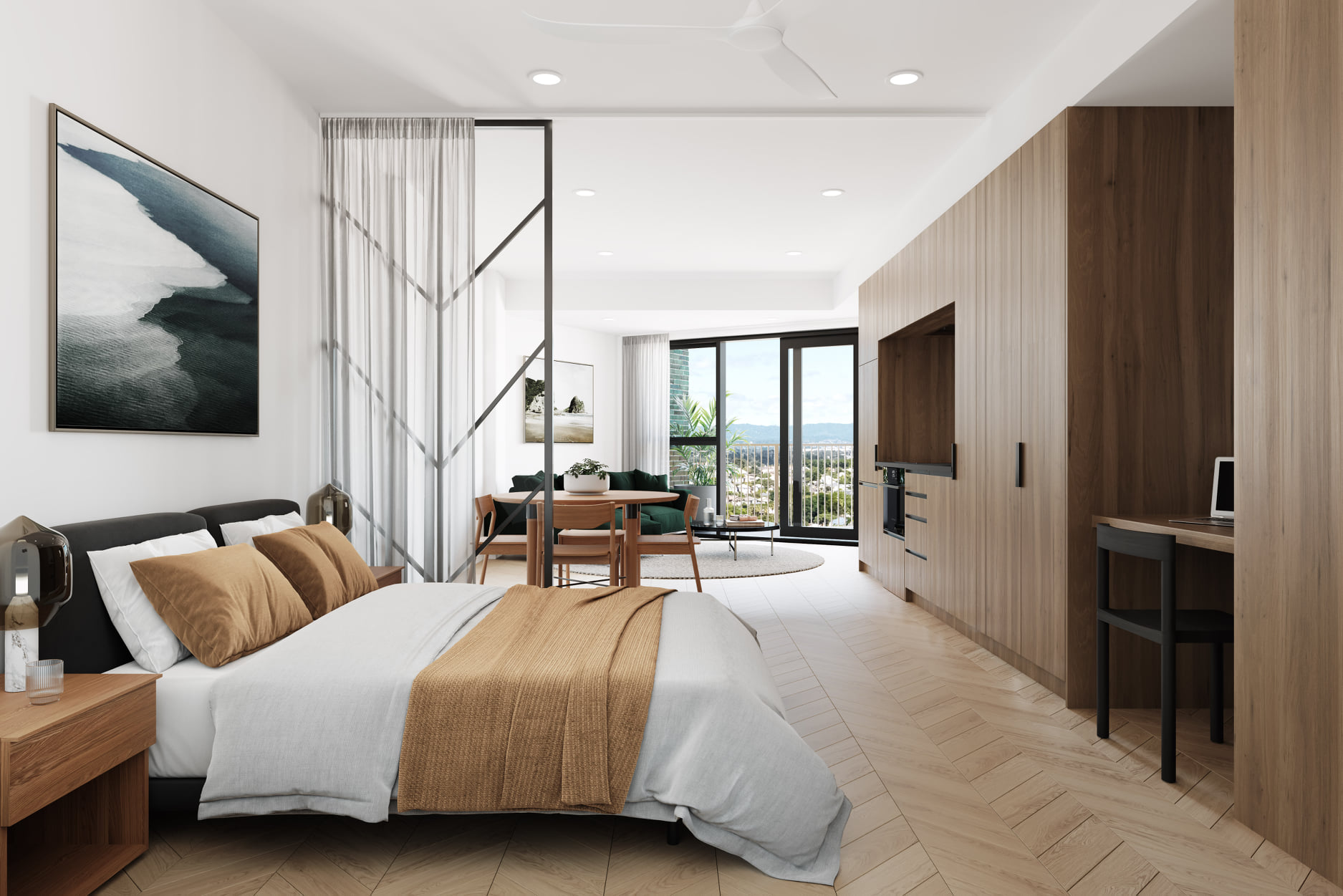
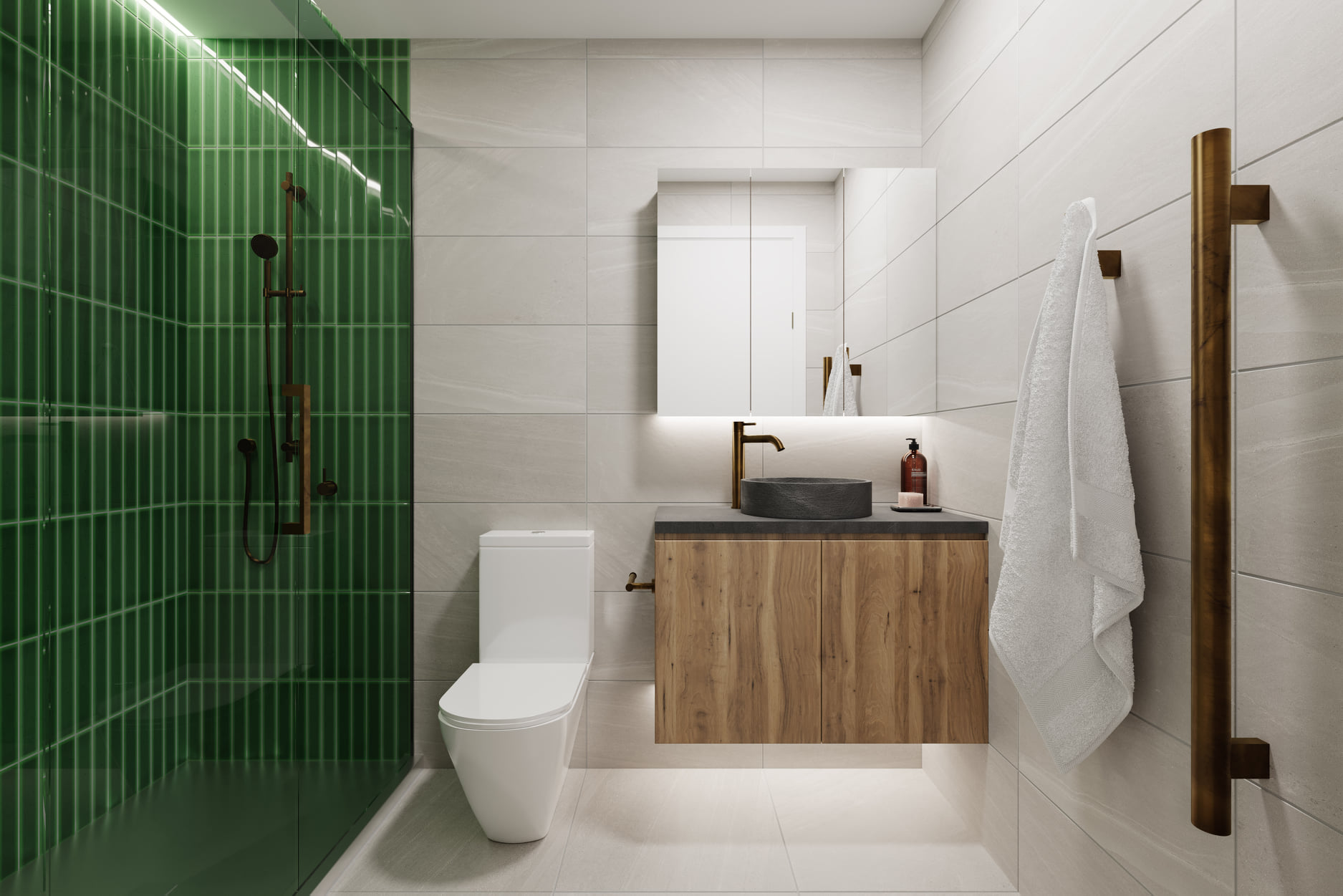
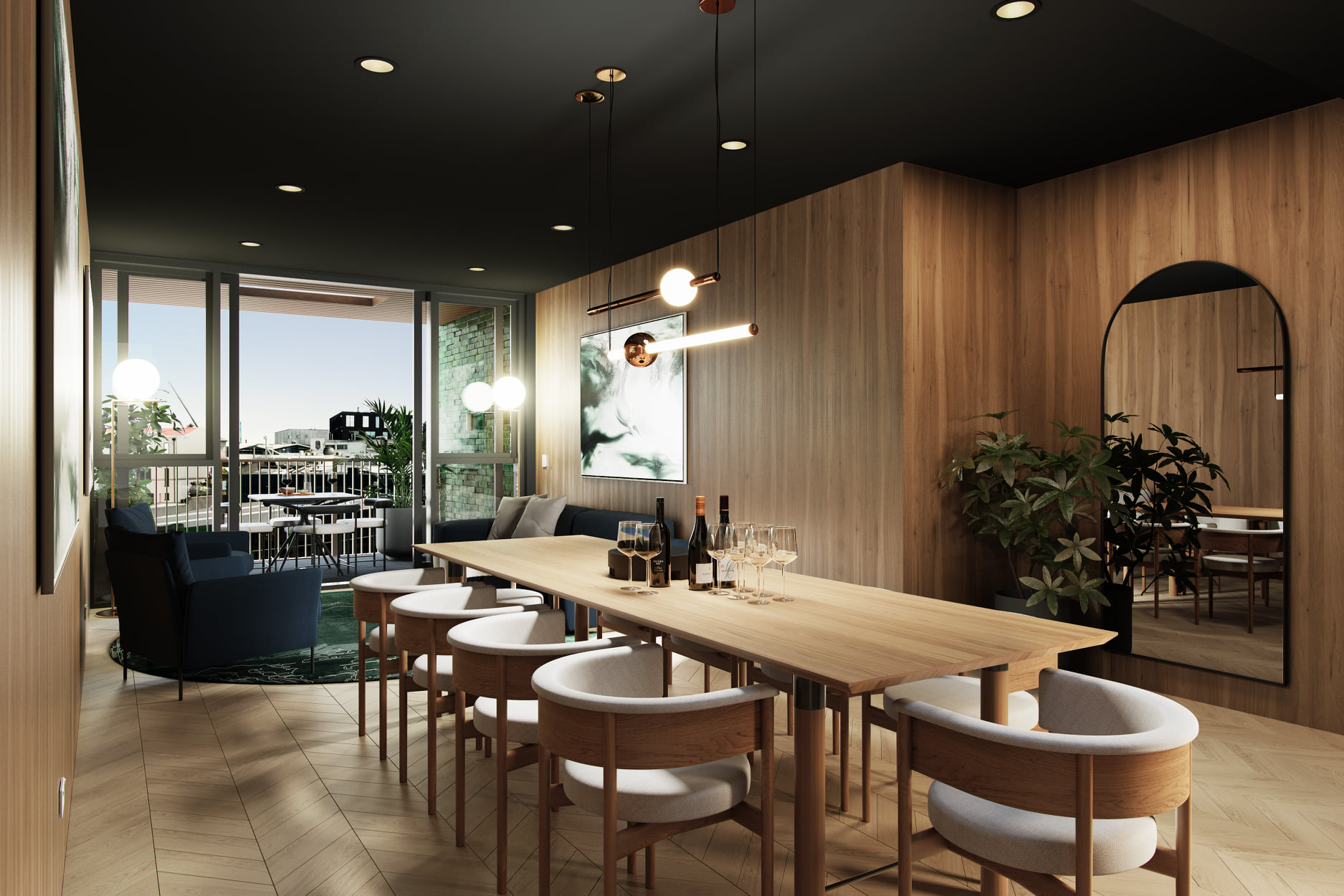
Topics



